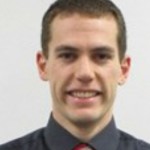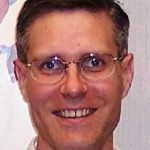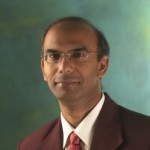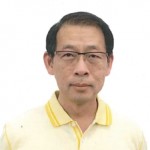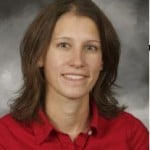 The ME-EM Graduate Seminar speaker on Thursday, January 15 at 4:00 in 103 EERC will be Dr. Jaclyn Johnson from Michigan Technological University: Mechanical Engineering – Engineering Mechanics.
The ME-EM Graduate Seminar speaker on Thursday, January 15 at 4:00 in 103 EERC will be Dr. Jaclyn Johnson from Michigan Technological University: Mechanical Engineering – Engineering Mechanics.
The title of her presentation will be ‘Vaporizing Diesel Spray Characteristics Studied in an Optically Accessible Constant Volume Combustion Vessel’.
Diesel combustion and emissions formation is largely spray and mixing controlled and hence understanding spray parameters, specifically vaporization, is key to determine the impact of fuel injector operation and nozzle design on combustion and emissions. One methodology to experimentally characterize and quantify parameters is using optical and laser based diagnostics with an optically accessible constant volume combustion vessel (CV). Using this CV, researchers have the ability to characterize sprays and combustion under a range of ambient conditions (pressure and temperature) and composition, to visualize the influence of ambient, or injection parameters, on spray development and combustion. The details and application of this combustion vessel will be discussed. Focus of the discussion will be on vaporizing diesel spray characterization of the spray liquid length. In experimental testing, it has been observed that there are noticeable fluctuations in liquid phase penetration once the steady state liquid length has been estab-lished, on the order of 10% of the mean liquid length, along with plume to plume liquid length variations. This presentation will explore and identify the key mechanisms for liquid length fluctuations and plume to plume variations in spray penetration. Based on the experimental, 1 D liquid length model, and CFD anal-ysis it is concluded that a key mechanism for liquid length fluctuations in a transient diesel spray is due to spray induced turbulent eddies near the edge of spray plume.
Jaclyn Johnson is a lecturer in the ME-EM department at Michigan Tech, since 2014. She holds a B.A. in Physics from Illinois Wesley-an University and a M.S. and Ph.D in Mechanical Engineering from Michigan Tech University. After graduating from MTU in 2011, she spent the next three years conducting research as a Research Engineer in the ME-EM department at Michigan Tech on diesel spray combustion characterization using optical diagnostics with an optically accessible constant volume combustion vessel. Dr. Johnson has re-search interests in diesel spray and combustion, spark ignition characterization, and thermophysical property modeling. Her specialties include optical and laser based diagnostics, image processing methodologies, and diesel spray characterization and analysis.



